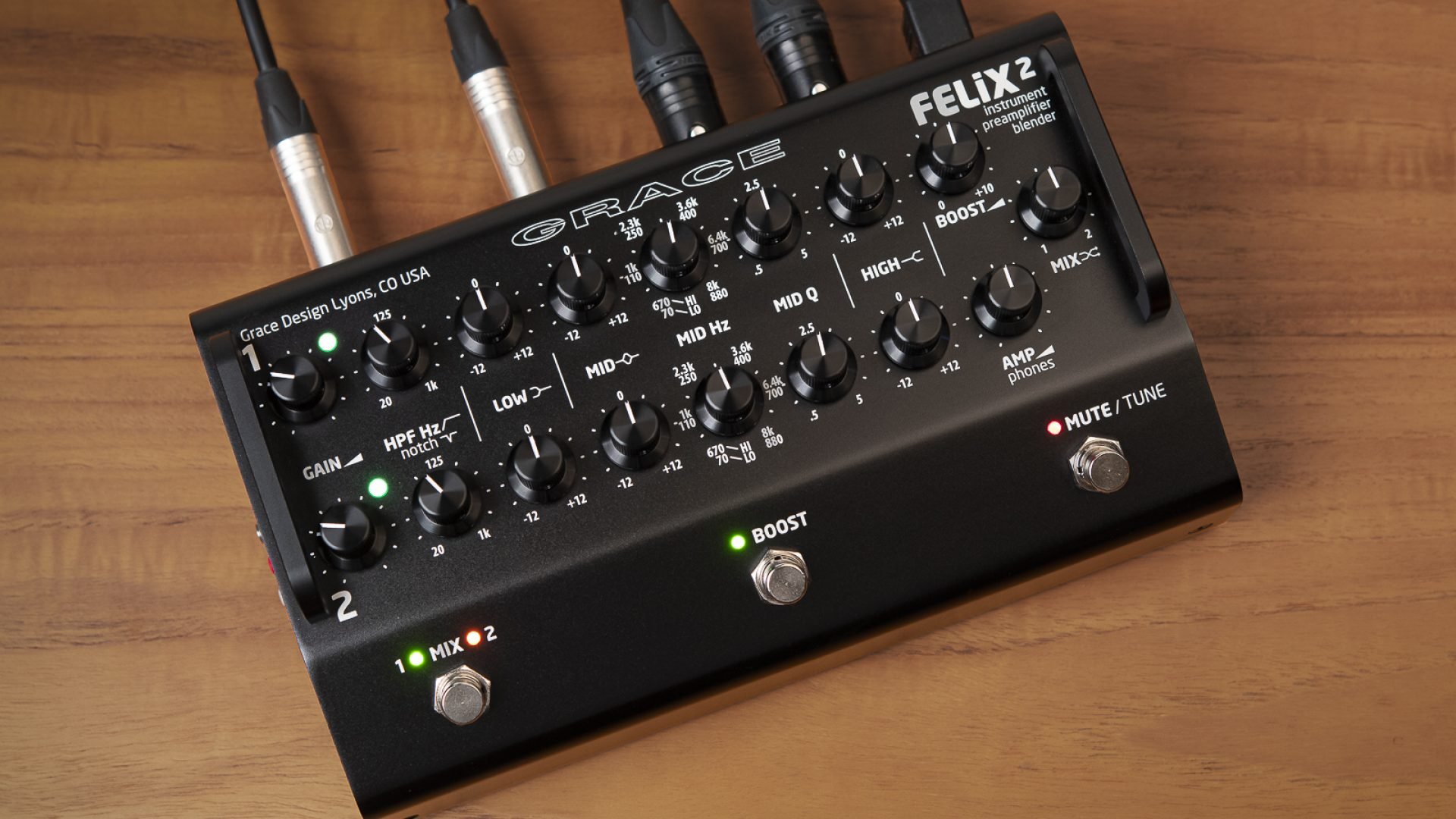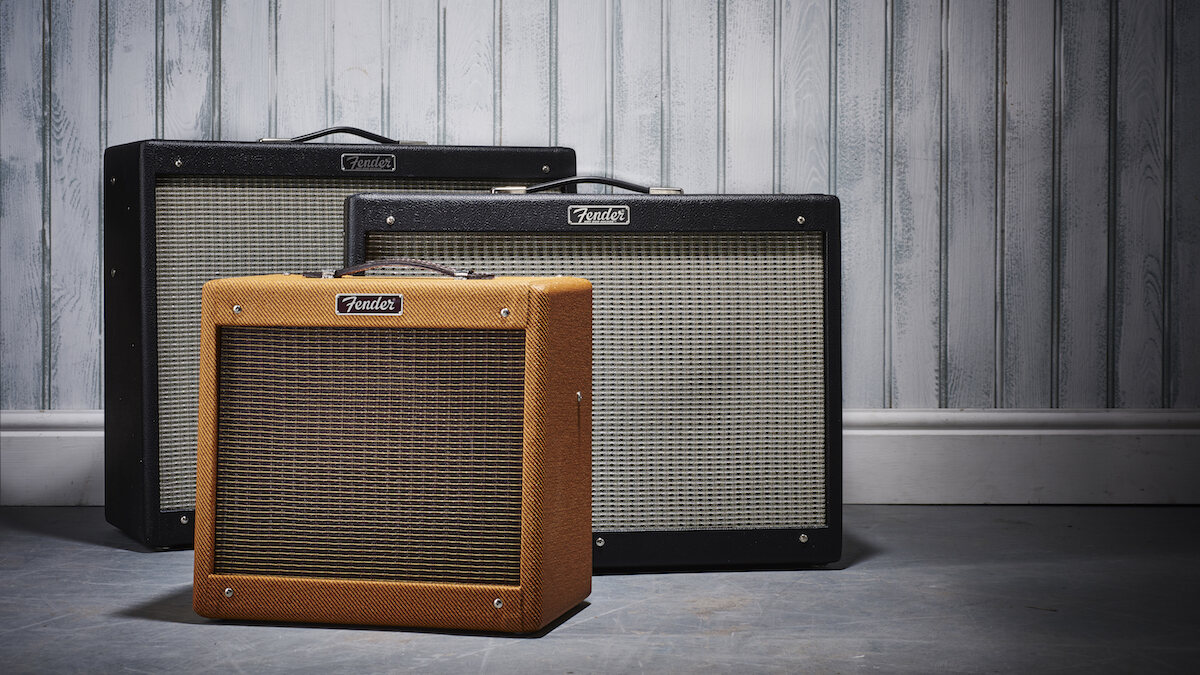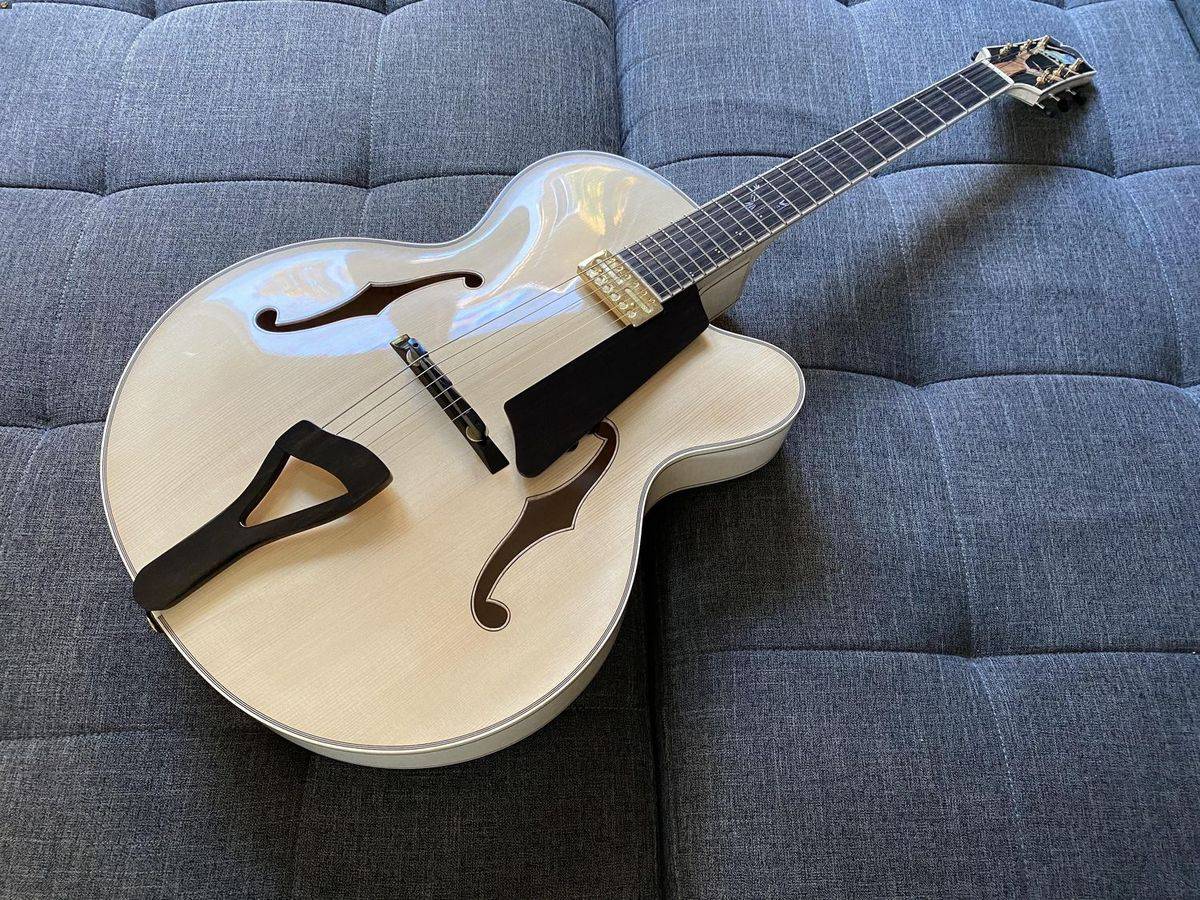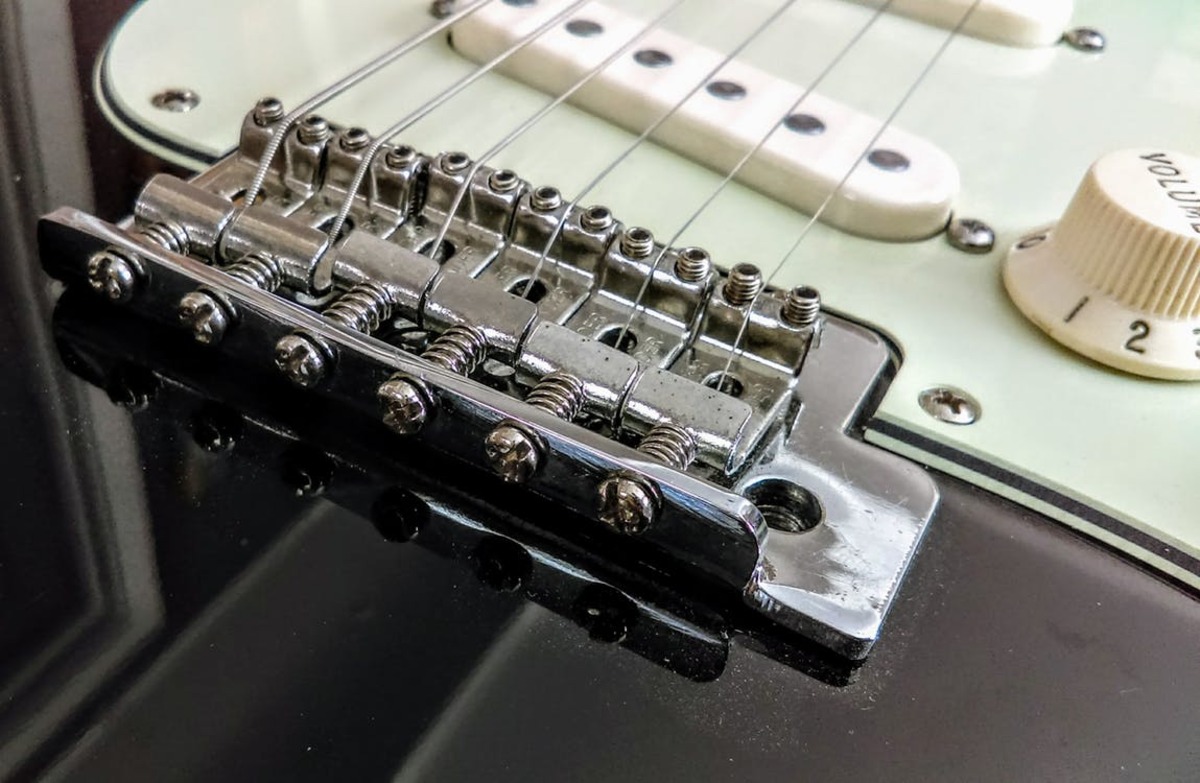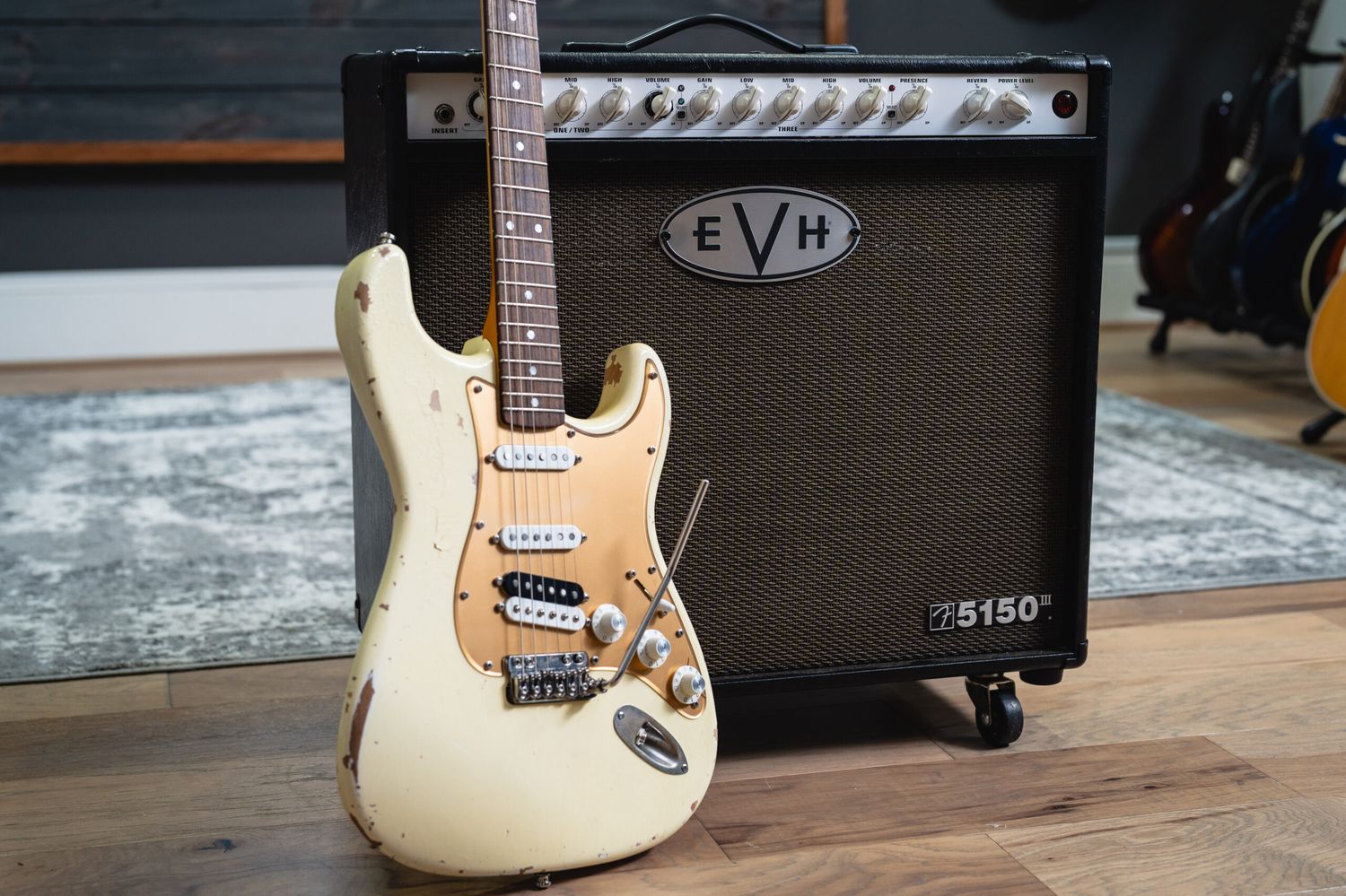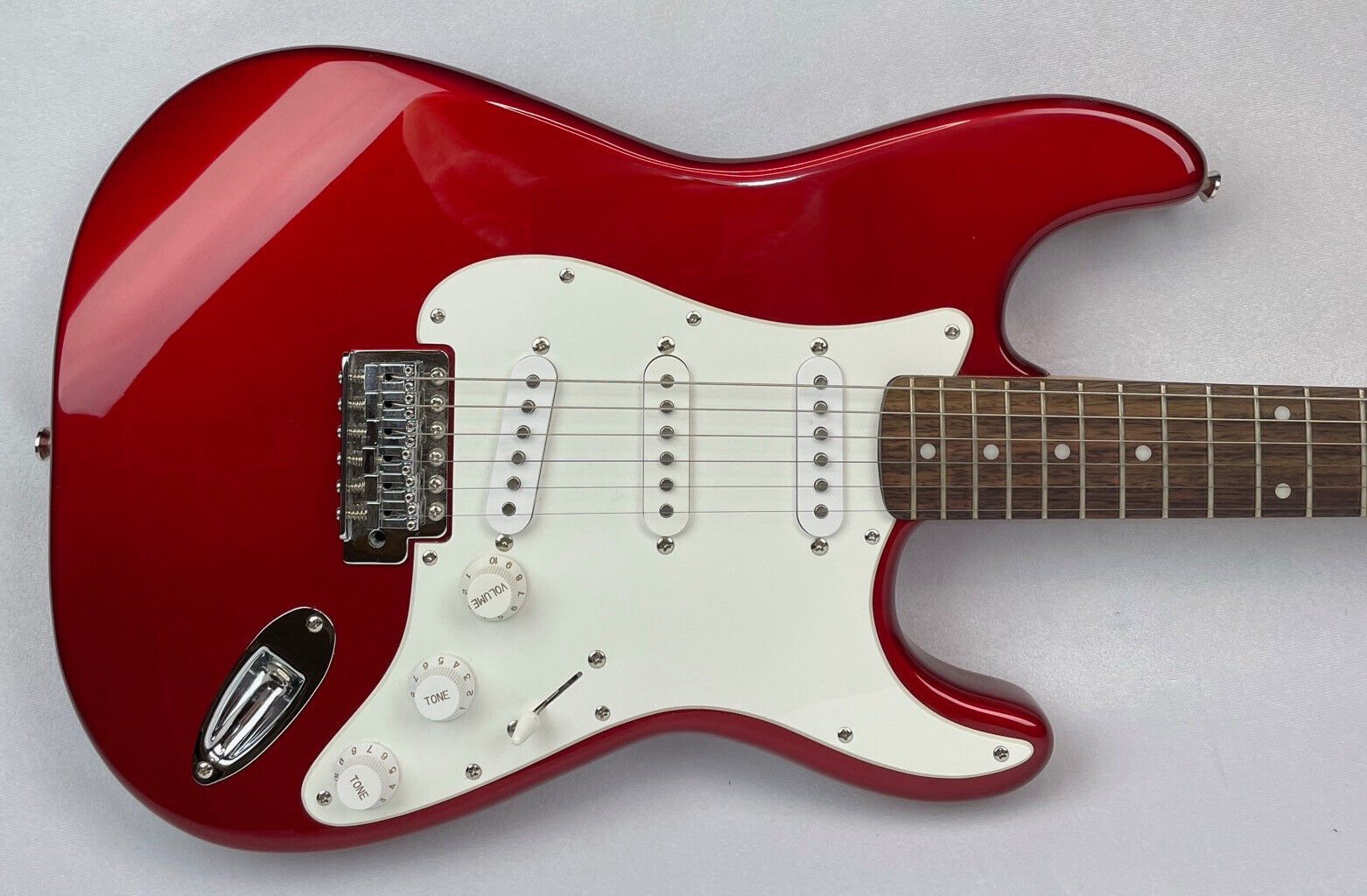Home>Instruments>Guitar>What Is A Rhythm Guitar
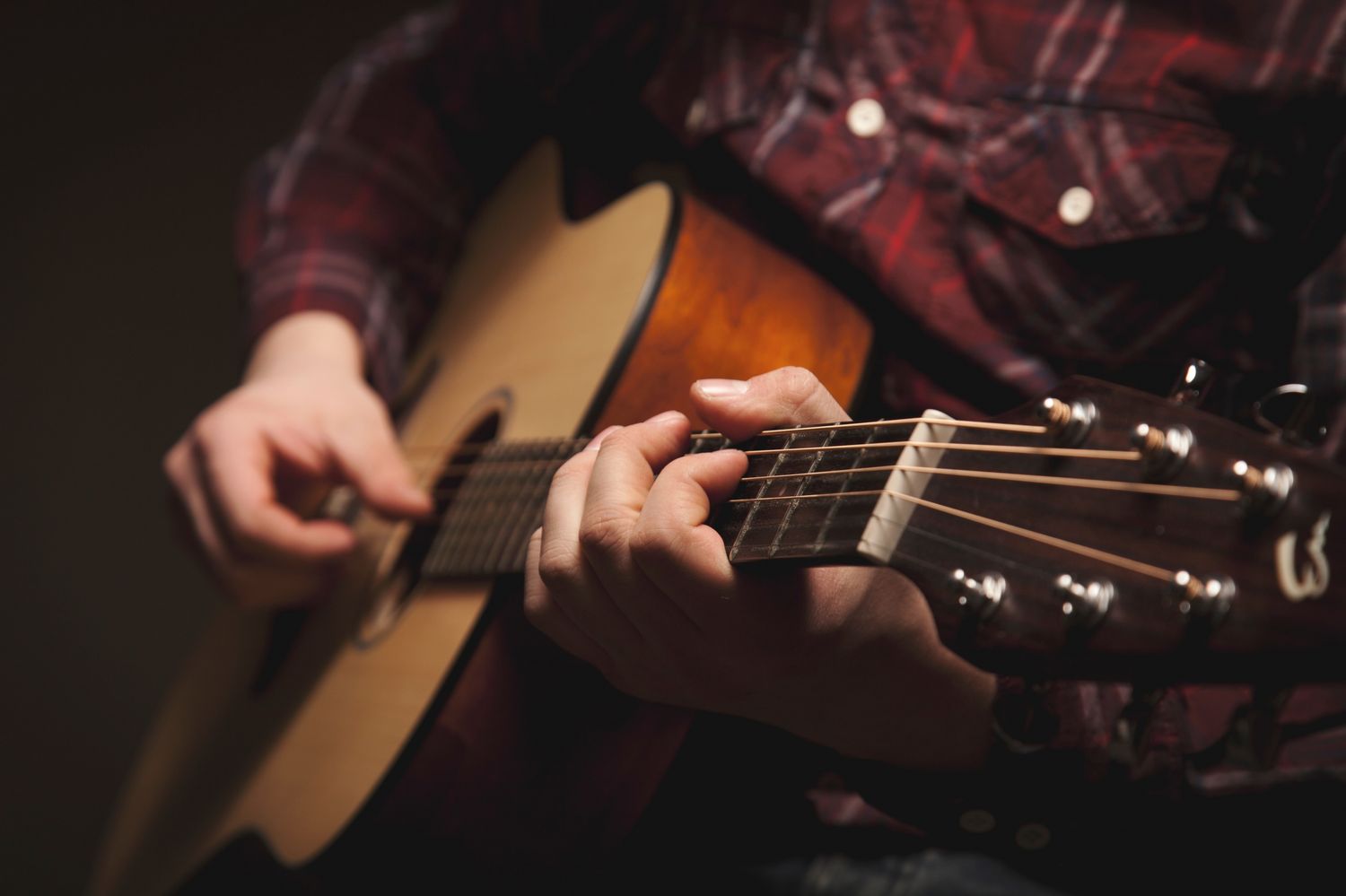

Guitar
What Is A Rhythm Guitar
Published: February 15, 2024
Discover the role of a rhythm guitar in music and learn its techniques. Explore the importance of rhythm guitar in enhancing the sound of a band. Unlock the secrets of mastering rhythm guitar playing.
(Many of the links in this article redirect to a specific reviewed product. Your purchase of these products through affiliate links helps to generate commission for AudioLover.com, at no extra cost. Learn more)
Table of Contents
Introduction
When it comes to the world of music, the guitar is often hailed as one of the most versatile and captivating instruments. While the spotlight often shines on the lead guitarist, the unsung hero of many iconic songs is the rhythm guitarist. The rhythm guitar forms the backbone of a band’s sound, providing the essential groove and harmonic foundation that supports the melody and lead guitar. In this article, we’ll delve into the essence of rhythm guitar, exploring its definition, role in a band, playing techniques and styles, as well as its significance in the realm of music.
As we embark on this rhythmic journey, it’s important to recognize that the rhythm guitar is not merely an instrument; it’s a driving force that propels the entire musical ensemble forward. Whether it’s the infectious strumming of an acoustic guitar or the pulsating chords of an electric guitar, the rhythm guitar sets the pace, dictates the mood, and infuses life into the music.
Definition of Rhythm Guitar
The rhythm guitar serves as the foundational pillar of harmonic accompaniment in a musical composition. Unlike the lead guitar, which often takes center stage with melodic solos and intricate riffs, the rhythm guitar provides the chordal and rhythmic framework that underpins the entire song. It’s the rhythmic heartbeat that drives the music forward, ensuring cohesion and structure within the sonic tapestry.
At its core, the role of the rhythm guitar is to establish the harmonic progression of a song, creating a rich and resonant backdrop against which the melody and other instruments can flourish. This is achieved through strumming chords, arpeggiating notes, or employing fingerstyle techniques to produce a consistent and compelling rhythmic foundation. In essence, the rhythm guitar acts as the glue that binds the various musical elements together, fostering a cohesive and harmonious sonic landscape.
Furthermore, the rhythm guitar is not confined to a specific genre or playing style. It adapts to the unique demands of diverse musical genres, ranging from the infectious rhythms of blues and rock to the intricate fingerpicking patterns of folk and the syncopated strumming of reggae. Whether it’s the driving power chords of hard rock or the mellow arpeggios of a ballad, the rhythm guitar seamlessly integrates with the music, enhancing its emotional depth and rhythmic vitality.
Ultimately, the rhythm guitar embodies the soul of the music, infusing each note with a pulsating energy that captivates the listener. Its ability to harness the raw power of chords and rhythms elevates the musical experience, making it an indispensable component of any ensemble or band.
Role of Rhythm Guitar in a Band
Within the dynamic tapestry of a musical ensemble, the rhythm guitar assumes a multifaceted role that extends far beyond mere accompaniment. It serves as the cornerstone of the band’s sonic architecture, providing the essential framework upon which the entire musical landscape is built. The rhythm guitarist collaborates closely with the drummer to establish the rhythmic foundation, ensuring that the band’s performance is anchored by a seamless and compelling groove.
Moreover, the rhythm guitar acts as a catalyst for sonic cohesion, unifying the various elements of the band’s sound into a cohesive and harmonious whole. By weaving intricate chord progressions and rhythmic patterns, the rhythm guitarist not only supports the lead vocalist and other instrumentalists but also injects depth and vitality into the music, elevating the overall sonic experience.
Beyond its foundational role, the rhythm guitar often serves as the driving force behind the band’s live performances, infusing the music with infectious energy and propelling the audience to move and groove to the beat. Whether it’s the pulsating rhythms of a rock anthem or the infectious grooves of a funk tune, the rhythm guitar commands the audience’s attention, urging them to become active participants in the musical journey.
Furthermore, the rhythm guitarist collaborates closely with the lead guitarist, creating a symbiotic relationship that enhances the band’s sonic tapestry. While the lead guitarist explores melodic intricacies and captivating solos, the rhythm guitarist maintains the rhythmic momentum, allowing the lead guitarist to soar to new heights while providing a steadfast foundation upon which their artistry can flourish.
In essence, the rhythm guitar is the beating heart of a band, infusing the music with pulsating vitality and ensuring that every note resonates with depth and resonance. Its role extends far beyond mere accompaniment, shaping the very essence of the band’s sound and captivating audiences with its infectious rhythms and harmonious resonance.
Techniques and Styles of Rhythm Guitar Playing
Rhythm guitar playing encompasses a diverse array of techniques and styles, each contributing to the rich tapestry of musical expression. From the dynamic strumming patterns of rock and pop to the intricate fingerstyle techniques of folk and blues, the rhythm guitarist employs a wide range of approaches to infuse the music with rhythmic vitality and harmonic depth.
One of the fundamental techniques of rhythm guitar playing is strumming, which involves sweeping the pick or fingers across the strings to produce a rhythmic and percussive effect. This technique is versatile and adaptable, allowing the guitarist to convey a wide spectrum of emotions, from the driving force of aggressive downstrokes to the delicate nuances of subtle upstrokes.
Arpeggiation is another essential technique that involves plucking individual notes within a chord to create a melodically rich and harmonically resonant sound. This approach is commonly employed in genres such as folk, country, and acoustic ballads, adding a lyrical and expressive quality to the music.
Fingerstyle playing, characterized by the use of fingers to pluck the strings, offers a nuanced and intricate approach to rhythm guitar. This technique, popularized in genres like blues, jazz, and classical music, allows for the simultaneous articulation of bass lines, chords, and melodic fragments, creating a lush and multifaceted sonic landscape.
Furthermore, rhythm guitar playing encompasses a spectrum of styles, each contributing a unique flavor to the music. From the driving power chords and palm-muted riffs of rock and metal to the syncopated strumming and offbeat accents of reggae and ska, each style infuses the music with a distinct rhythmic character and emotional resonance.
Moreover, the rhythmic intricacies of funk and R&B guitar playing, characterized by tight and percussive chord stabs, syncopated rhythms, and expressive muting techniques, add a dynamic and infectious groove to the music, compelling listeners to move and dance to the beat.
Ultimately, the techniques and styles of rhythm guitar playing are as diverse and multifaceted as the musical landscape itself. Each approach contributes to the rhythmic vitality and harmonic richness of the music, showcasing the rhythmic guitarist’s ability to mold and shape the sonic tapestry with creativity and expressive flair.
Importance of Rhythm Guitar in Music
The rhythm guitar holds a pivotal role in the realm of music, serving as the bedrock upon which the entire sonic edifice is constructed. Its significance transcends mere accompaniment, as it shapes the very essence of musical expression and provides the rhythmic heartbeat that propels the music forward.
One of the primary facets of the rhythm guitar’s importance lies in its ability to establish and maintain the harmonic foundation of a composition. By crafting rich chord progressions and arpeggiated patterns, the rhythm guitarist infuses the music with harmonic depth and resonance, providing a lush and compelling backdrop against which other instruments and vocal melodies can flourish.
Furthermore, the rhythm guitar plays a crucial role in dictating the overall groove and feel of a song. Whether it’s the infectious pulse of a rock anthem, the laid-back sway of a blues ballad, or the syncopated rhythms of a Latin-inspired tune, the rhythm guitar sets the pace and mood, guiding the listener through a dynamic and emotive musical journey.
Moreover, the rhythm guitar serves as a unifying force within a musical ensemble, fostering cohesion and synergy among the various instrumental and vocal elements. It acts as a sonic glue, binding the disparate components of the music into a seamless and harmonious whole, thereby enhancing the overall impact and emotional resonance of the composition.
Another aspect of the rhythm guitar’s importance lies in its role as a catalyst for audience engagement and participation. Its infectious rhythms and dynamic strumming patterns compel listeners to move, dance, and immerse themselves in the musical experience, transforming passive spectators into active participants in the sonic narrative.
Furthermore, the rhythmic vitality and harmonic richness imparted by the rhythm guitar elevate the emotional depth and expressive power of the music, resonating with listeners on a profound and visceral level. It infuses the music with a pulsating energy that captivates the senses and elicits a heartfelt response, transcending linguistic barriers to communicate directly with the soul.
Ultimately, the importance of rhythm guitar in music cannot be overstated. It serves as the lifeblood of the musical tapestry, infusing each note with rhythmic vitality and harmonic resonance, and ensuring that the music resonates with depth, emotion, and timeless appeal.
Conclusion
As we conclude our exploration of rhythm guitar, it becomes abundantly clear that this often understated instrument holds a profound and indispensable role in the world of music. Beyond its foundational function of providing harmonic accompaniment, the rhythm guitar embodies the very essence of rhythmic vitality, serving as the driving force that propels the music forward and infuses it with emotional depth and resonance.
The rhythm guitar’s ability to establish and maintain the harmonic framework of a composition, guide the overall groove and feel of a song, and foster cohesion within a musical ensemble underscores its multifaceted significance. It transcends the boundaries of mere accompaniment, shaping the very fabric of the music and captivating audiences with its infectious rhythms and harmonious resonance.
Furthermore, the diverse techniques and styles of rhythm guitar playing, ranging from dynamic strumming patterns to intricate fingerstyle approaches, exemplify the instrument’s versatility and expressive potential. Each technique and style contributes to the rich tapestry of musical expression, showcasing the rhythm guitarist’s ability to mold and shape the sonic landscape with creativity and flair.
Moreover, the importance of rhythm guitar in music extends beyond its technical and structural contributions. It serves as a conduit for audience engagement and participation, compelling listeners to immerse themselves in the music and become active participants in the sonic narrative. Its ability to resonate with listeners on a profound and visceral level elevates the emotional impact and timeless appeal of the music, transcending linguistic barriers to communicate directly with the soul.
In essence, the rhythm guitar embodies the very heartbeat of music, infusing each note with pulsating energy and harmonic depth. Its significance reverberates through the annals of musical history, shaping iconic compositions and captivating audiences across generations. As we continue to celebrate the artistry and innovation of rhythm guitar playing, let us recognize and honor the profound impact of this unsung hero in the realm of music.

